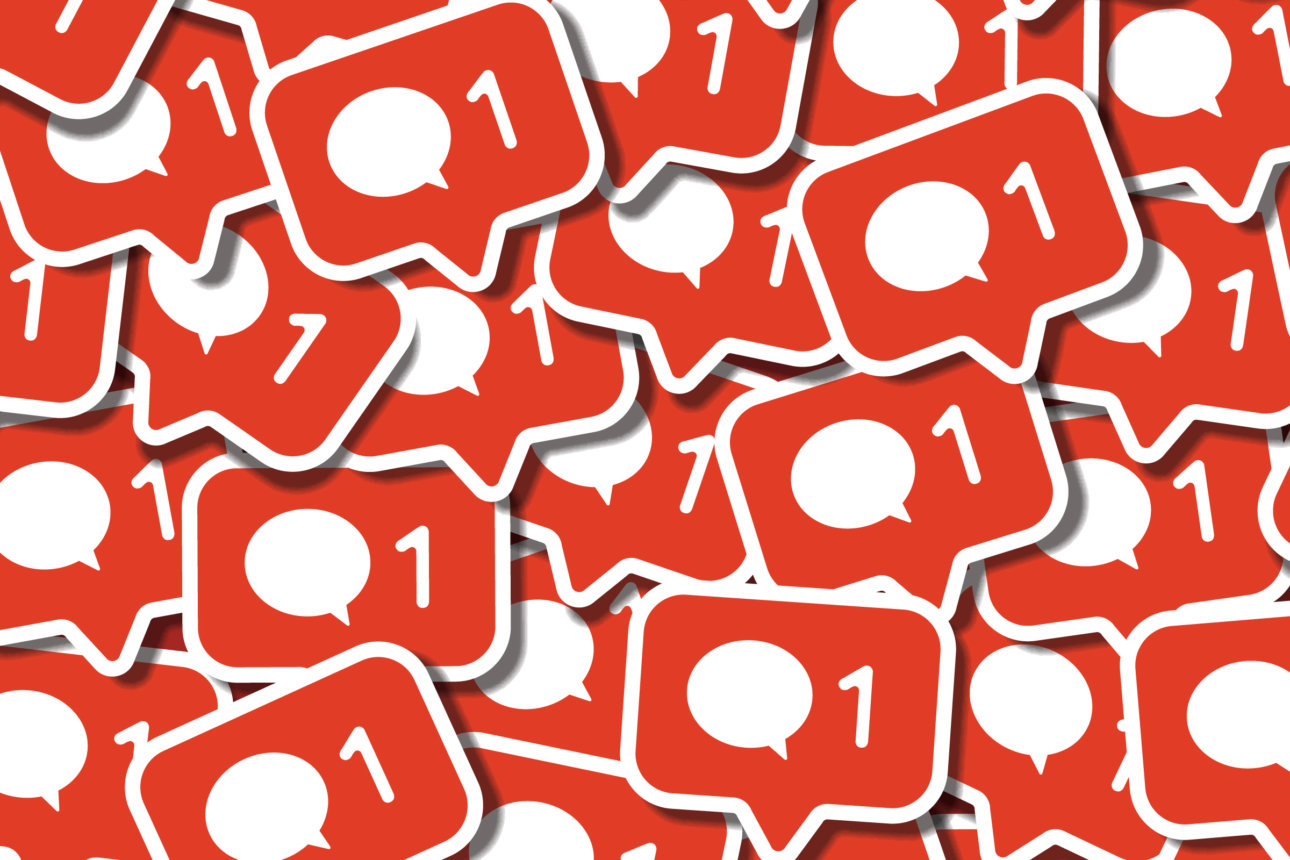Where Influencer Marketing Goes Wrong (and How to Fix It)
Influencer marketing is a powerful tool for brands, but too often companies neglect a key component: good relationship management.

For brands and businesses across numerous industries, gaining a foothold in social media increasingly means building campaigns around influencers. These are people who have engaged followings and know how to use that engagement to encourage followers to try certain brands. As Adweek puts it, “influencer marketing has become an essential aspect of most companies’ marketing programs.”
In fact, 86% of people surveyed for a 2019 benchmark report (including brand managers and people at marketing agencies) said they planned to spend marketing dollars on influencers this year. Also, 63% of businesses that have dedicated budgets specifically for influencer marketing plan to increase their budget over the next year. Some experts predict the influencer marketing industry will reach $10 billion by 2020 — and $2.38 billion will be spent on Instagram alone this year.
It’s clear why. Statistics compiled by the Digital Marketing Institute show that the majority of teenagers trust influencers more than traditional celebrities, and 40% of consumers have purchased a product directly after seeing it in an influencer marketing campaign on Instagram, YouTube, or Twitter. Taken together with the fact that estimates show on average businesses generate $6.50 in revenue for each $1 investment in influencer marketing, it’s easy to see how it is quickly becoming one of the most widely adopted customer acquisition methods for marketers.
As CEO of Julius, I regularly speak with brands about how to do influencer marketing most effectively. The answer boils down largely to management — and it’s where much of the industry is unprepared and has gone wrong for years.
Social media wasn’t developed for marketing, but it has become such an important way of reaching customers and audience that marketers have faced something of a Wild West scenario when trying to leverage social media in new ways. Often, influencer programs started with marketers simply asking people with large followings to push their products in tweets and Facebook posts, and hoping for the best. And because young people have often been savvier with social media, many marketing leaders put younger, less experienced workers in charge of coordinating with influencers.
This means that, all too often, the people dealing with influencers have much less experience managing people, and as a result, the brand fails to build strong relationships with the influencers.





Comment (1)
Anonymous